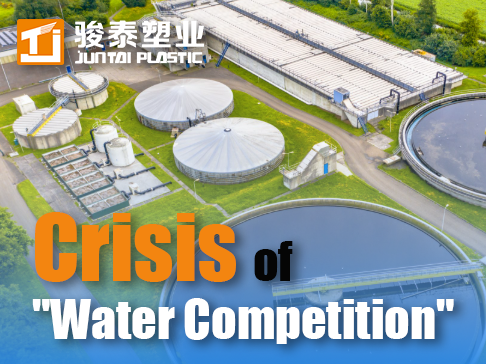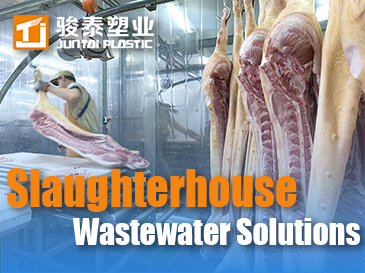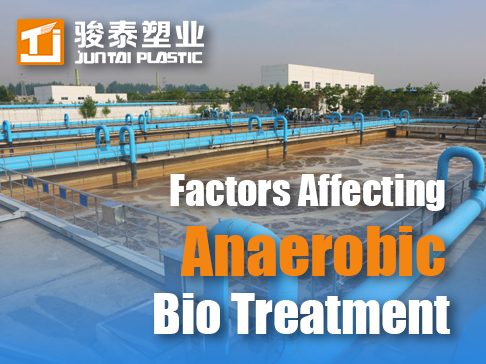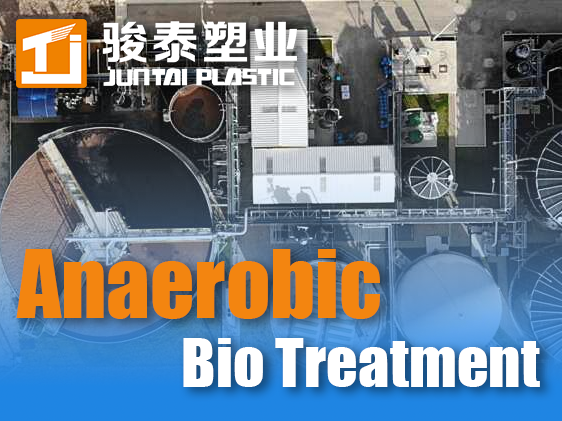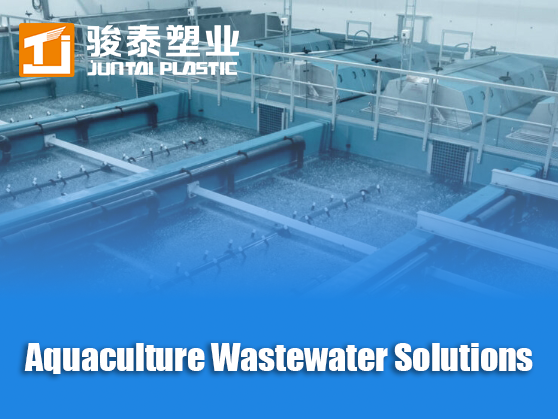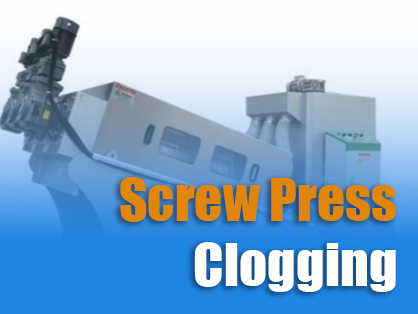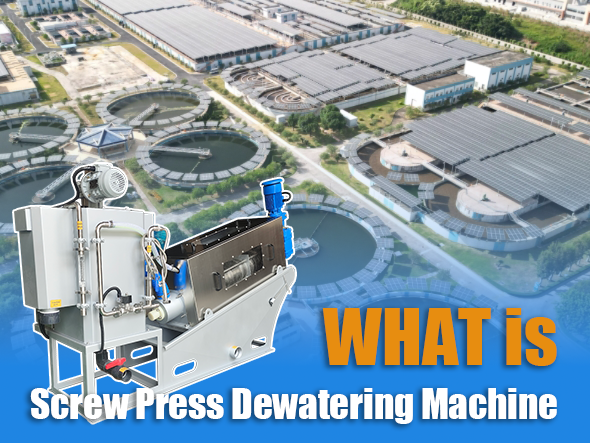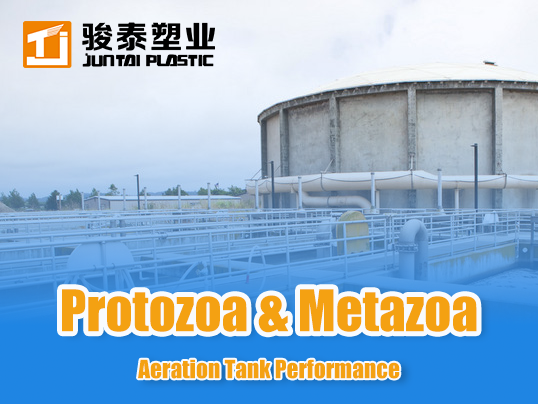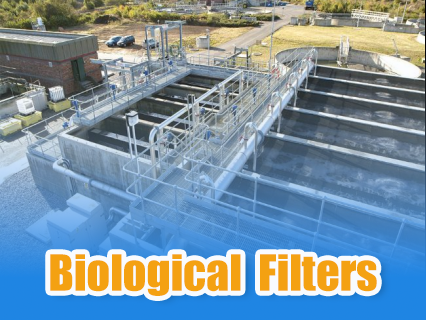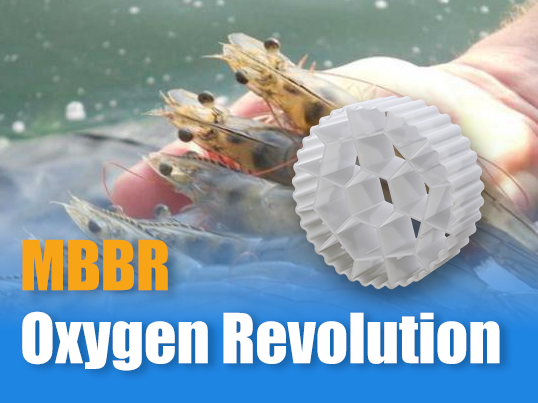 +86 13600513715
+86 13600513715 Innovative Approaches to Tackle Low-Concentration Wastewater Challenges
1. Introduction: The Crisis of "Water Competition" in Wastewater Plants
Recent reports from Chinese media highlight a critical issue: Sewage Plants are struggling with insufficient influent volume and low pollutant concentrations. As one plant manager stated, *"Our 2,000-ton/day facility processes less than 100 tons daily, crippling operational efficiency."* This mirrors a systemic problem – outdated infrastructure, flawed payment models, and "over-designed" facilities.
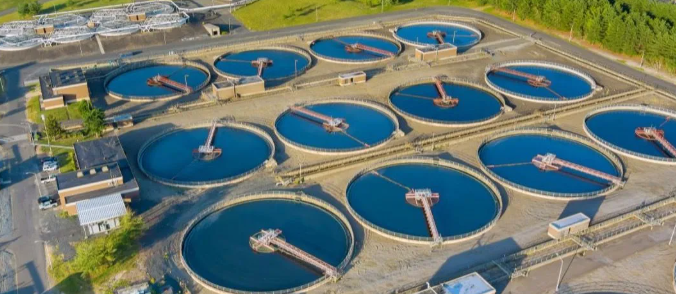
2. Root Causes of Low-Concentration Wastewater
2.1 Incomplete Sewer Networks & Rainwater Infiltration
Inadequate funding leads to fragmented pipe networks. Rainwater dilution reduces COD/BOD levels, increasing treatment complexity.
2.2 Overbuilt Treatment Capacities
Facilities designed for future expansion often operate at <50% capacity (e.g., 18 plants processing 15,000 tons vs. 47,000-ton design).
2.3 Flawed "Pay-by-Volume" Model
Revenue tied to water volume incentivizes diluted influent, discouraging concentration improvement.
3. Cutting-Edge Solutions for Low-Concentration Wastewater
3.1 Smart Carbon Source Optimization
-
Strategy: Dynamic dosing points (e.g., shifting methanol injection from anaerobic to anoxic zones)
-
Impact: 30% reduction in carbon consumption while maintaining TN/TP removal rates.
3.2 Process Modifications: AAO+ Systems
Integrating low-oxygen aeration zones reduces energy use by 25% and enhances COD/TN removal.
3.3 Hydrolytic Acidification Pretreatment
Adding anaerobic hydrolysis tanks converts complex organics into bioavailable carbon, boosting denitrification efficiency by 40%.
3.4 Critical Adjustments to Primary Sedimentation
| Scenario | Traditional Approach | Recommended Solution |
|---|---|---|
| Low/stable influent SS | Use primary clarifiers | Bypass clarifiers; direct entry to bio-tanks |
| High/variable SS | Full sedimentation | Install overflow bypass pipes |
3.5 External Carbon Source Selection
Acetate-based sources achieve 2× faster denitrification vs. glucose. Pilot testing is essential for cost efficiency.
3.6 Advanced Technologies: CANON & Short-Cut Nitrification
-
CANON: Saves 100% external carbon and 66% aeration energy.
-
Short-Cut Nitrification: Reduces carbon demand by 40%.
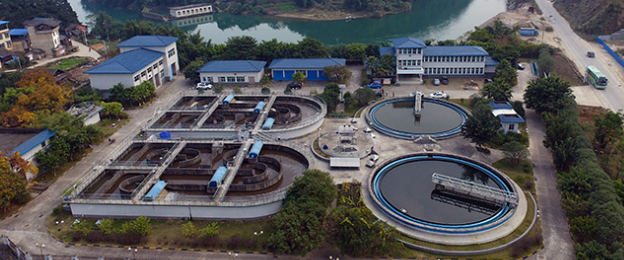
4. Integrated Plant-Pipe-River Management: The Future
China’s 2025 policy mandates "plant-pipe-river" integration. Key steps include:
-
Real-time monitoring sensors in networks
-
AI-driven load forecasting
-
Performance-based contracts
5. Case Study: JUNTAI’s MBBR & Bio-Block Applications
A Jiangsu plant using JUNTAI’s Mbbr Media + Bio-Blocks achieved:
-
25% lower aeration energy (via fine-bubble diffusers)
-
15% higher nitrification in low-C/N conditions
-
20% reduced sludge volume (linked to dewatering systems)




